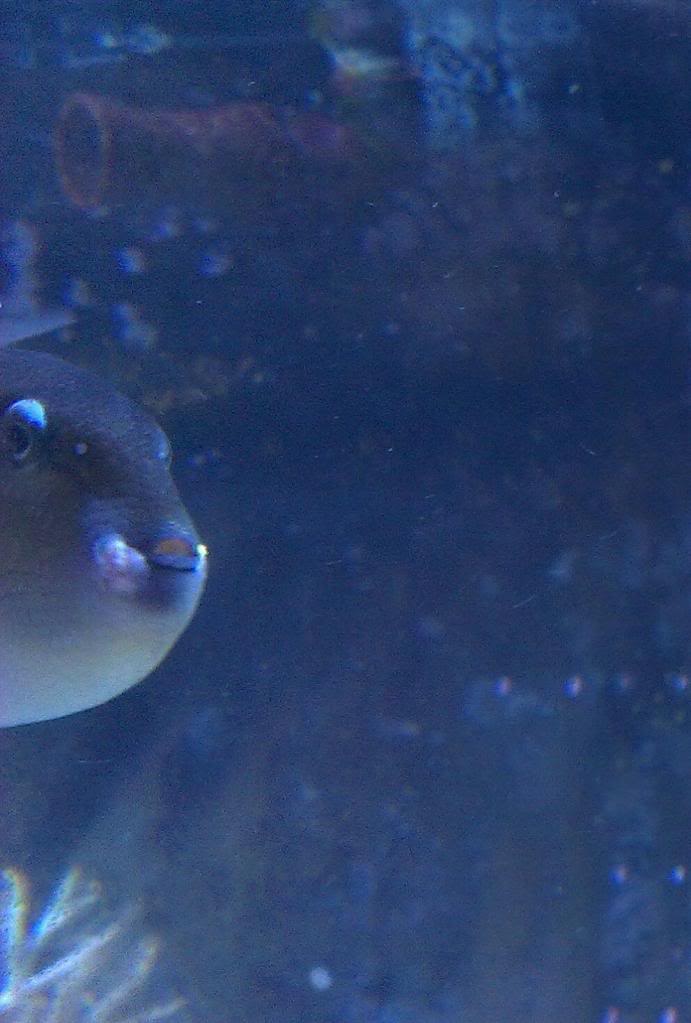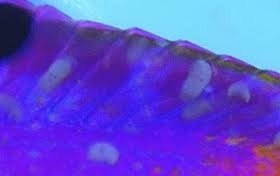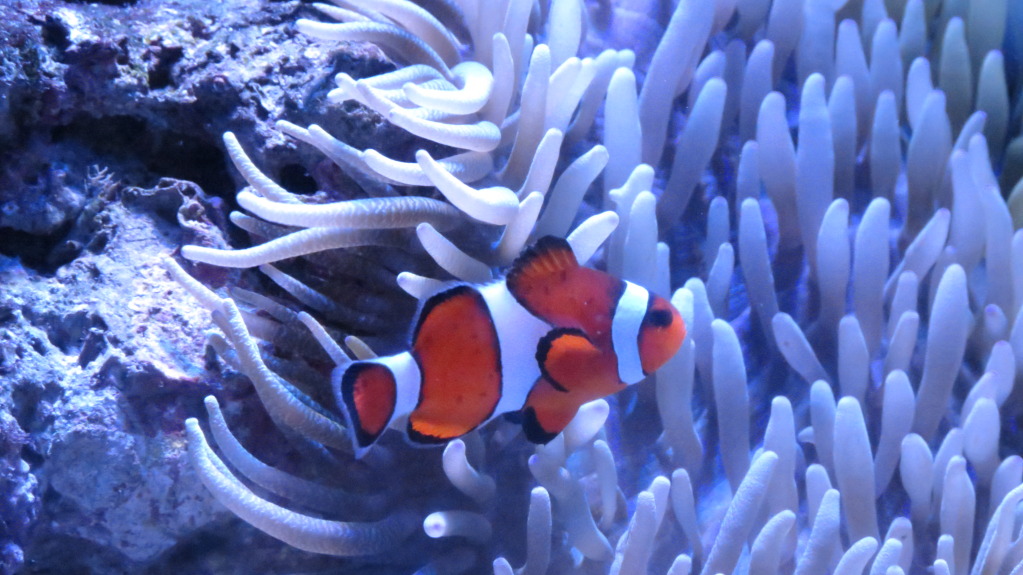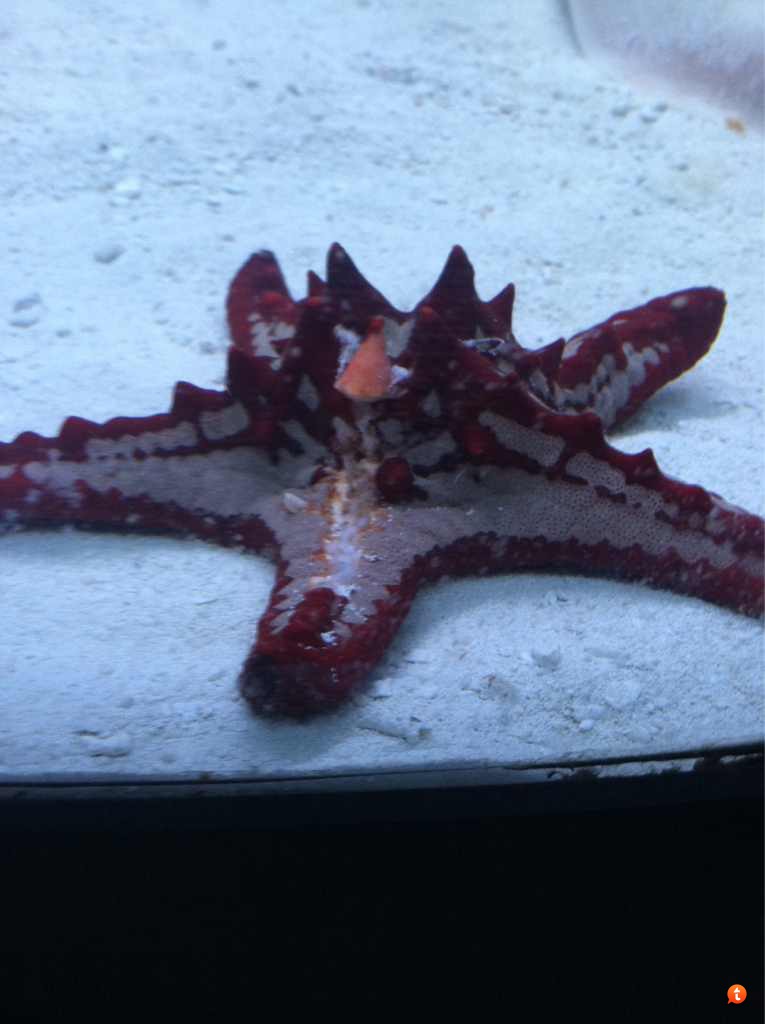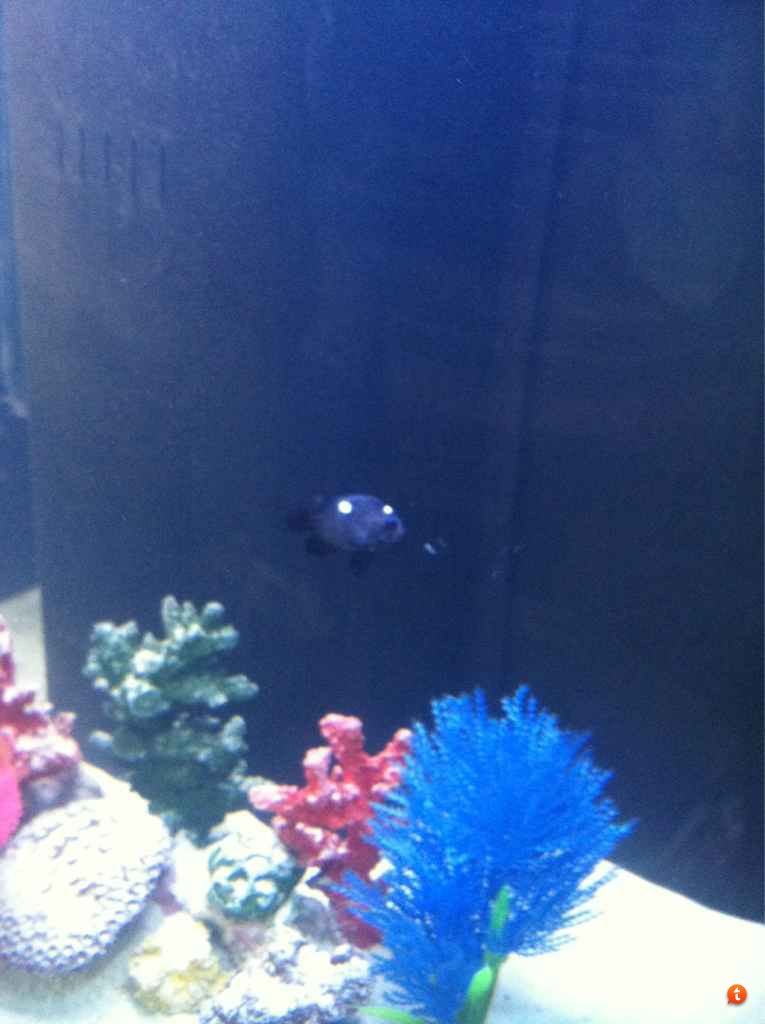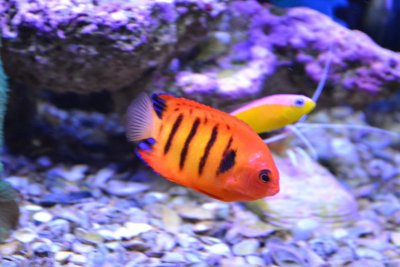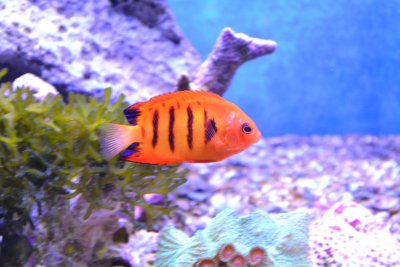SeahorseKeeper
Where's the mysis?
View BadgesStaff member
Super Moderator
Excellence Award
Article Contributor
NJRC Member
Hospitality Award
At some point in time, most hobbyists will face a fish that comes down with a disease. The purpose of this database is to serve as a guide for people to use to help diagnose their fish. Please use the following format to help fill up the database. Thanks!
Disease Name:
Symptoms:
Cause:
Treatment:
Prognosis:
Preventative Measures (if applicable):
Pics:
Disease Name:
Symptoms:
Cause:
Treatment:
Prognosis:
Preventative Measures (if applicable):
Pics:
Last edited:




